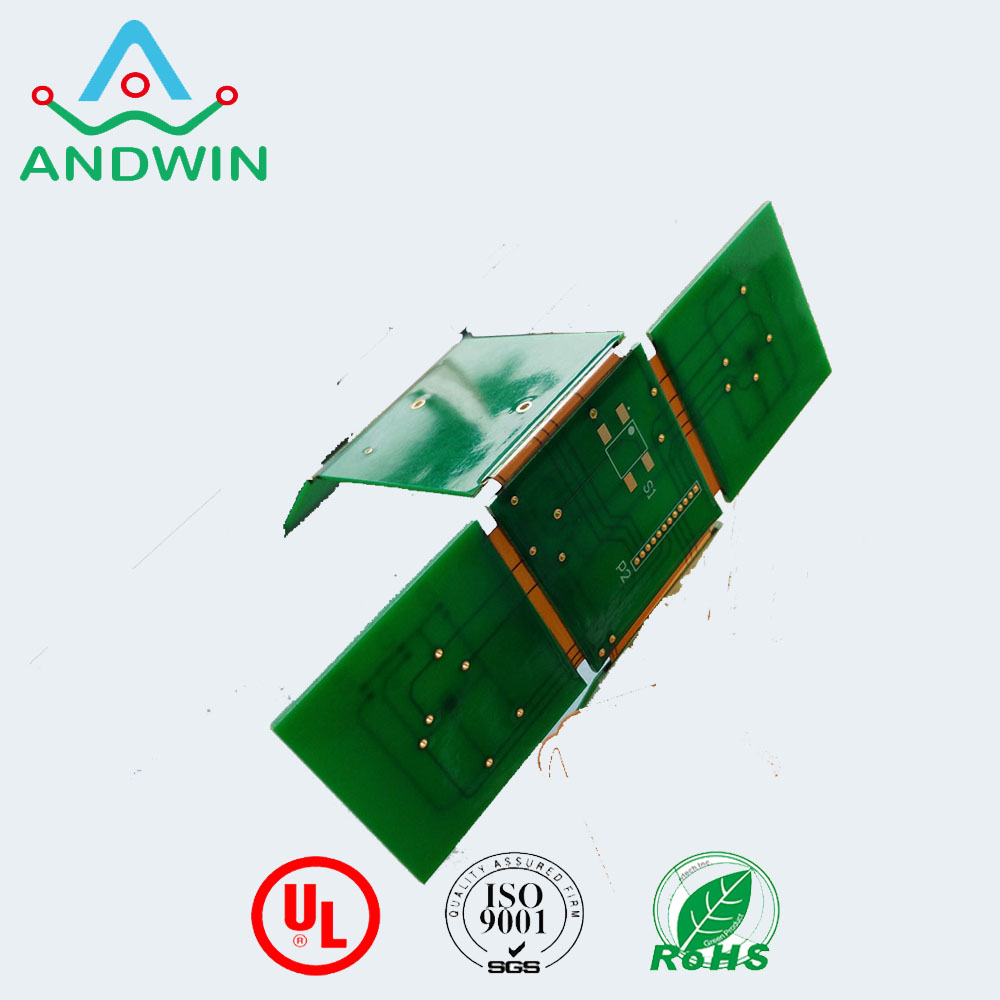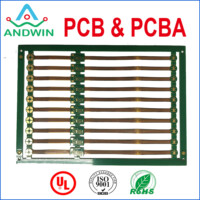4 Layers Rigid-Flex PCB
A printed circuit board (PCB) is a crucial component in electronic devices. It provides a platform for the electronic components to be mounted and connected to each other. PCBs come in different types, and one of the most popular ones is the rigid-flex PCB.
This type of PCB combines the benefits of both rigid and flexible PCBs, making it an ideal choice for many applications. In this article, we will discuss 4 layer
rigid-flex PCBs in detail.

What is a 4 layer rigid-flex PCB?
A 4 layer rigid-flex PCB is a type of printed circuit board that consists of four layers of conductive material sandwiched between layers of insulating material. The board is designed to be both rigid and flexible, allowing it to bend and twist without breaking.
The 4 layer design
provides more space for components and allows for more complex circuits to be designed.
Advantages of 4 layer rigid-flex PCBs
1. Space-saving design: The 4 layer design of rigid-flex PCBs allows for more components to be placed in a smaller space, making it an ideal
choice for applications where space is limited.
2. Increased reliability: The flexible portion of the PCB reduces the stress on the components, making it less likely to break or fail.
3. Improved signal integrity: The 4 layer design of rigid-flex PCBs allows for better signal integrity, reducing the risk of interference or noise.
4. Lower assembly costs: Rigid-flex PCBs require fewer components and fewer assembly steps, reducing the overall cost of production.

Applications of 4 layer rigid-flex PCBs
1. Medical devices: Rigid-flex PCBs are commonly used in medical devices due to their compact size and ability to withstand harsh
environments.
2. Aerospace and defense: Rigid-flex PCBs are used in aerospace and defense applications due to their ability to withstand extreme
temperatures and vibrations.
3. Consumer electronics: Rigid-flex PCBs are used in consumer electronics such as smartphones and tablets due to their space-saving design
and improved reliability.
4. Automotive: Rigid-flex PCBs are used in automotive applications due to their ability to withstand the harsh conditions of the automotive
environment.

Design considerations for 4 layer rigid-flex PCBs
When designing a 4 layer rigid-flex PCB, there are several considerations that need to be taken into account. These include:
1. Material selection: The choice of materials used in the PCB can affect its flexibility, durability, and overall performance.
2. Bend radius: The bend radius of the PCB should be carefully considered to ensure that it can bend and flex without breaking.
3. Component placement: The placement of components on the PCB should be carefully considered to ensure that they are not placed in
areas that will be subject to stress or strain.
4. Trace routing: The routing of traces on the PCB should be carefully considered to ensure that they can bend and flex without breaking.
Conclusion
4 layer rigid-flex PCBs are an excellent choice for applications that require a combination of flexibility and reliability. They offer several advantages over traditional rigid PCBs, including space-saving design, improved signal integrity, and lower assembly costs.
When designing a 4 layer rigid-flex PCB, it is important to consider material selection, bend radius, component placement, and trace routing to ensure that the
PCB can withstand the intended application.







